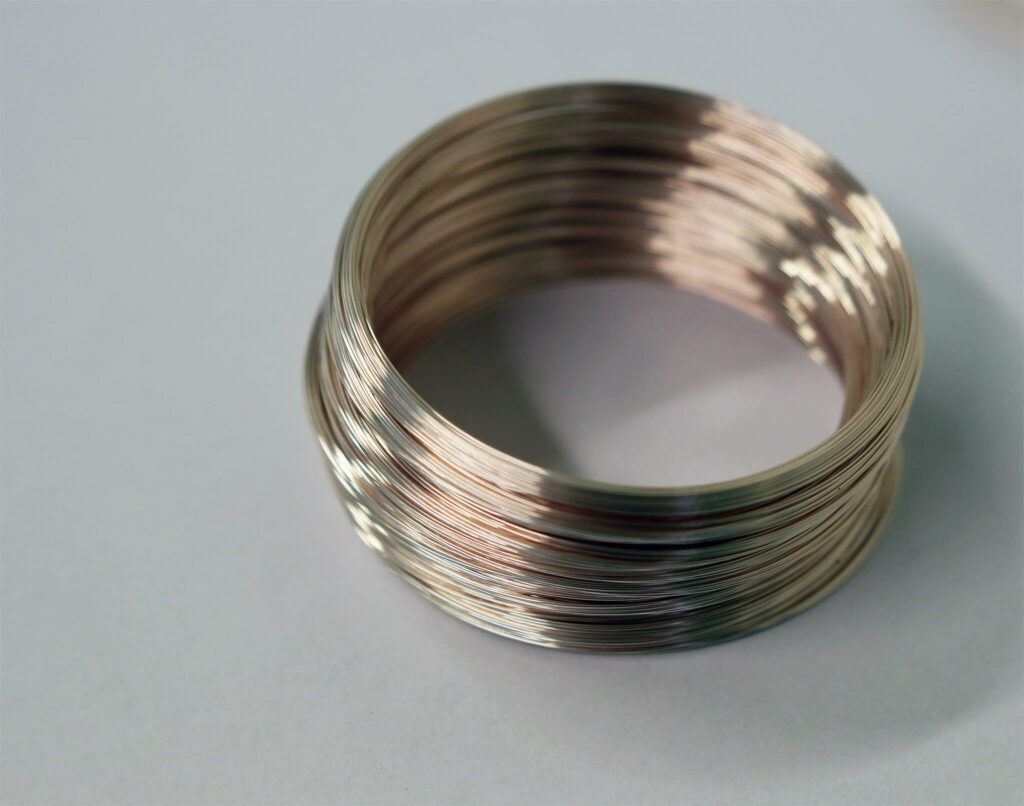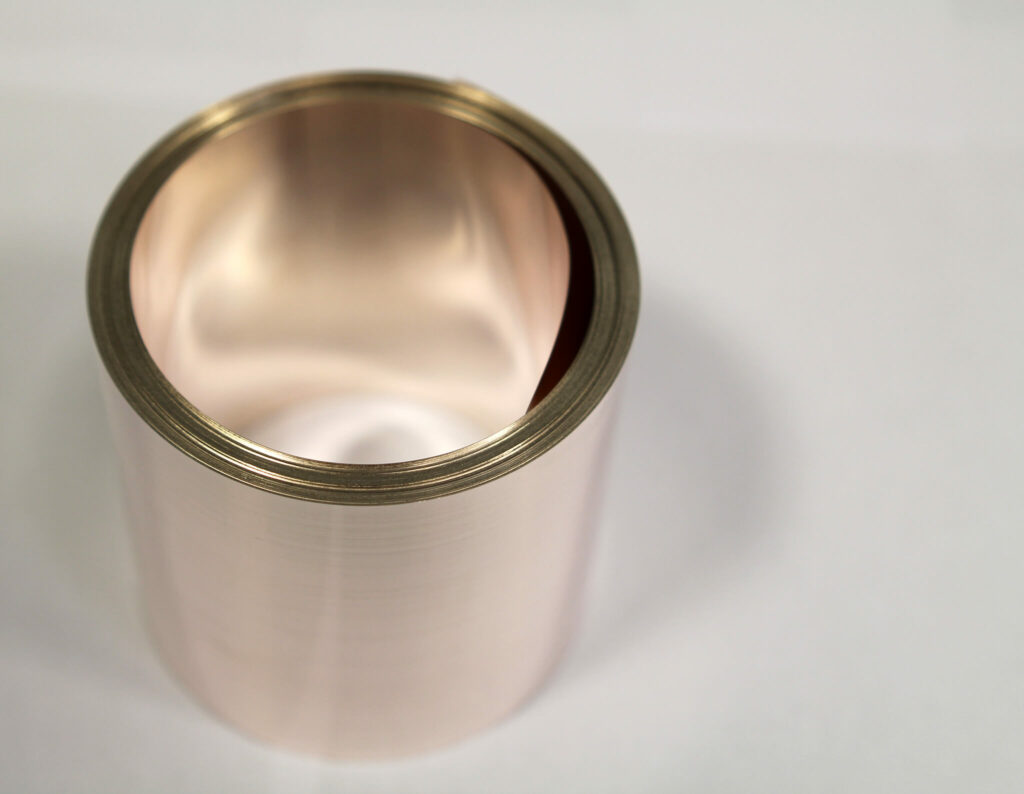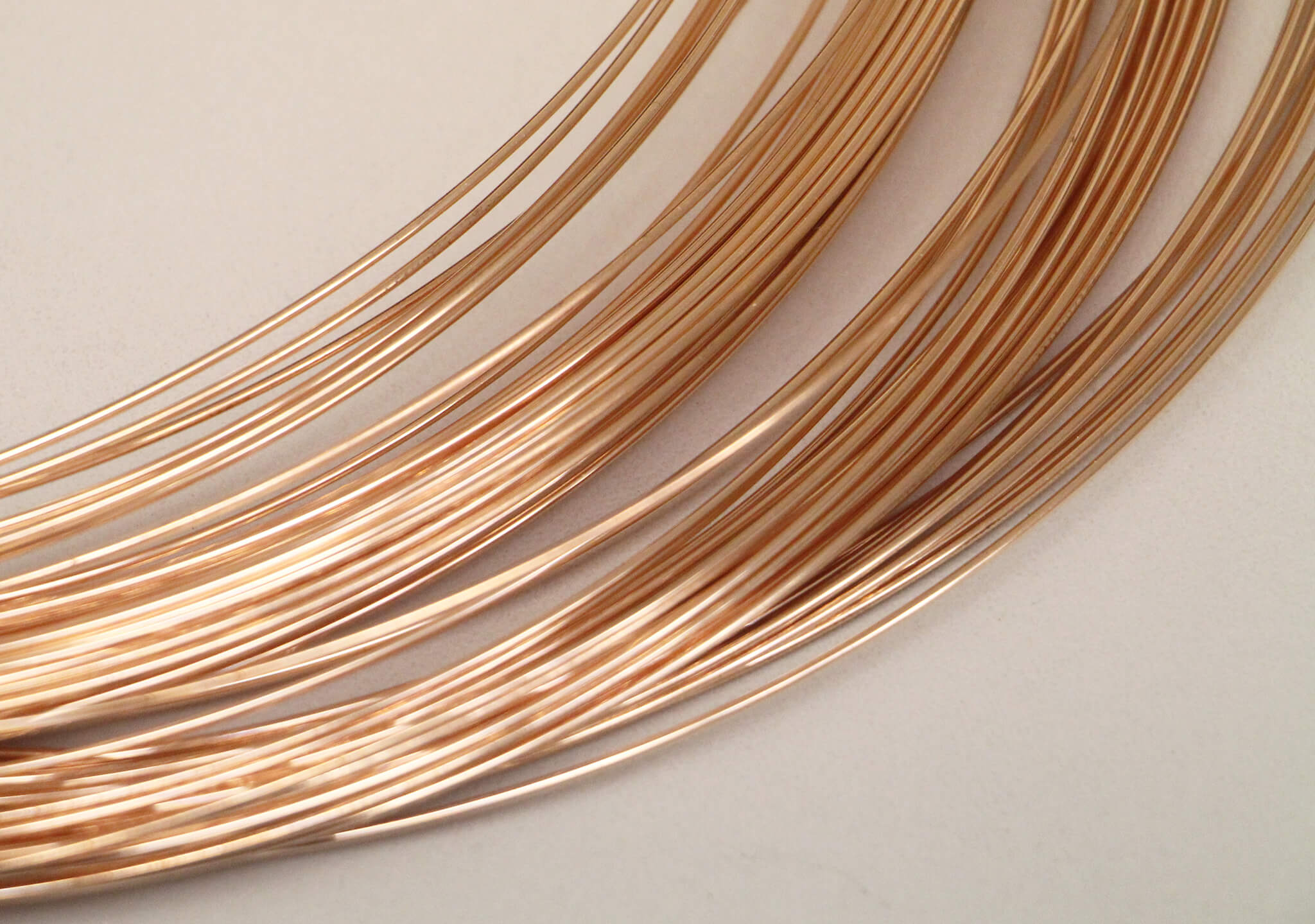Brazing alloys is one of the traditional products for various industrial applications. Modern and innovative products are employed even in this traditional field and thus Safina offers some unique technologies. One of the application areas of these technologies and processes are vacuum or furnace brazing materials.
Furnace brazing
Furnace brazing is a controlled process by which metal components are joined together using a lower melting temperature of a braze. This process allows manufacturers to join simple and complex assemblies with one or hundreds of joints.
The crucial role of bushing design
One of the most common furnace brazing processes is done via vacuum and is referred to as vacuum brazing. The parts to be joined must be cleaned, make up into the desired assemblies, suitable brazing material is inserted into the joints and the entire assembly is placed in the furnace. Providing a vacuum is essential to prevent oxidation or contamination of the braze and surface of joint. The entire assembly is then heated to the working temperature, at which point a melted braze liquefies and flows capillary into the joints.

Brazing atmosphere
Different types of materials to be joined require different types of brazing atmosphere. In addition to the most common vacuum, various protective and reactive atmospheres are also used, most notably hydrogen, nitrogen, a mixture of hydrogen with an inert gas, or even, for example, a mixture of argon with hydrogen and nitrogen. Exothermic and endothermic atmospheres or pure argon or helium are also possibilities.
Furnace brazing can be used to join a large variety of materials such as stainless steel, alloy steel, aluminum, titanium, nickel alloys, chromium nickel alloys, copper and its alloys, as well as tungsten or hafnium for special applications, but also ceramics, aluminum oxide, glass or silicon dioxide crystals (quartz crystals).
There are several methods of brazing in the furnace to choose from, such as controlled atmosphere brazing, continuous brazing, reduced atmosphere brazing or active brazing.

Advantages and features of Safina brazing
- Very strong and reproducible joints
- Corrosion-resistant joints
- Brazed joints can be exposed to relatively high temperatures
- Uniform thermal or electrical conductivity
- Clean process. Products remain metallically clean.
- Brazing without fluxes – no undesirable surface reactions.
- Very clean, gap-free, vacuum-tight/leak-free joints.
- Possibility of joining different materials together (e.g. metal to ceramic).
- Parts can be hardened or coated after brazing
- High degree of design freedom – capable to join thick, thin, large surfaces.
- Multiple joints can be made in one process. Complex assemblies can be created
- High levels of dimensional stability, virtually no deformation.
Main applications
- Electron optics
- Measuring technology
- Sensors and detectors
- Automotive parts
- Aerospace parts
- Turbine components
- Electronic equipment
- Power distribution components
- Semiconductor assemblies
- Communication components
- Cutting tools and drills manufacturing
- Components for the petroleum and chemical industries
- Glass industry components
- Parts for plasma cutting

Brazing Alloys
Safina is an experienced manufacturer of brazing alloys. We continue to build on tradition and proven processing methods and advance the production possibilities to new trends and requirements. Even in this traditional sector of brazing alloys manufacturing, development takes place and Safina applies new processes to achieve the best possible results. In the field of vacuum braze materials we focus on the purity of the input materials, especially precious metal.
Thanks to our recycling process, we are able to refine and clean the precious metals of undesirable impurities to create a brazing alloy with a much lower impurities than the requirement or standard. This is how we can guarantee the quality of the braze joint and its other unique properties such as good electrical or thermal conductivity, strength, surface homogeneity or corrosion resistance.
Safina conforms to the standards
As Safina is an expert in precious metal processing, we focus exclusively on silver, palladium based and gold based brazing alloys. Most of the produced braze materials by Safina conforms to the standards according to ISO 17672, or we supply abroad according to the American AWS or Aircraft standard AMS. Safina also offers special alloys, custom brazing materials or can develop desired alloy for special applications.
Brazing forms vary according to requirements and final application. In addition to basic forms such as wires, rods, sheets, strips, bands, we offer suitable preformed parts such as rings, disks, washers, square or rectangular segments, pins, cut wires/lengths or tubes. We are also able to make bespoke special shapes by machining.

Safina vacuum brazing material selection
The use of brazing alloys in vacuum furnaces or furnaces with inert atmosphere is limited by the suitable material. One of the most commonly used brazing alloy is Ag72Cu, which has a very wide range of applications. Braze with Palladium, such as Ag65Pd15Cu or Ag68.4Pd5Cu, is very popular for difficult joints. A more recent replacement for Palladium braze is Ag56CuNi2. For the production of electrodes or tools and carbide components, manganese-nickel brazing alloy such as the special Ag64MnNiIn braze is suitable.
Ag72Cu
A very versatile brazing alloy with good flowing properties, this braze allows the joining of many material variants including ceramics to metal. Particularly suitable for non-ferrous electronic components requiring the highest electrical and thermal conductivity. The vacuum grade has a low impurity content and is suitable for use in medium temperature vacuum systems.
Ag68.4Pd5Cu; Ag65Pd15Cu; Ag40Pd5Cu
Brazing alloys with a highly pure palladium content of 5-36% are used for brazing a variety of materials from stainless steel to metallized ceramics. These alloys generally have good oxidation resistance, are easy to wet and have high thermal strength, making them suitable for use in aircraft turbines, vacuum tubes, car electronic components that are exposed to harsh environments. Other typical applications are a brazing of thermionic valves and aerospace components or use in the glass and chemical industries where their increased corrosion resistance and chemical resistance make them a suitable choice.
They also exhibit resistance to interfacial corrosion when brazing stainless steels and they are used, for example, for brazing copper, molybdenum, niobium, tungsten and their alloys. Palladium alloys do not cause “tensile stress changes” and are therefore recommended for iron, nickel and cobalt alloys. They have excellent wetting and penetration properties and are capable of filling joints up to 0.5 mm.
Ag56CuNi2
A brazing alloy primarily designed for atmospheric furnace use for high temperature applications typically in jet engines. It is a variant very similar to palladium brazing alloy and is used where zinc contamination is not acceptable in the furnace. The braze material is mainly suitable for the prevention of interfacial (gap) corrosion in stainless steel or alloy steel generally silver brazed. The braze alloy proves a high degree of resistance to the effect of water or moist and wet operating environments.
Ag64MnNiIn
A low-melting alloy with high silver content and good braze wetting properties. The alloy is suitable for brazing nickel and nickel-based alloys, carbides including cemented ones, and materials that are difficult to wet, such as tungsten, hafnium, tantalum, chromium and molybdenum. The strength of the joint depends mainly on the base metals. Typical applications are in toolmaking. They can also be used in plasma electrodes to increase durability. Further coating is possible due to the absence of zinc.
Ag60CuSn10
Well processable zinc-free brazing alloy for vacuum furnace and subsequent use of parts for PVD, resistant to low vacuum, suitable for brazing non-alloy and alloy steels, nickel and nickel alloys, cast iron, copper and copper alloys. Excellent using in reduced atmospheres as furnace contamination cannot occur through evaporation of alloy contents. Particularly suitable for brazing circuits in aircraft structures. Significant use for brazing shipboard heat exchangers exposed to salt water at higher temperatures.
Ag61,5CuIn14,5; Ag63CuIn10
Silver-copper-indium alloy developed for application to ceramic materials. Thanks to the indium content, the working temperature of brazing is reduced.
It wets and joints virtually any metal surface as well as non-metallic surfaces such as oxides, nitrides and carbides. Allows ceramic to ceramic and ceramic to metal bonding – copper, metal, nickel, alloy steel, stainless steel, titanium and its alloys, ceramic, graphite, diamond and carbides.
AuNi18, Au81.5CuNi2
High purity gold brazing alloys are used in a variety of applications where it is necessary to withstand high chemical attack, maintain joint strength at higher temperatures and overall durability. A significant area of application for these alloys is the construction of high voltage motors for the petroleum industry. It is also most commonly used in electronic components, optic equipment, aerospace, oil and gas, and chemical industries.

